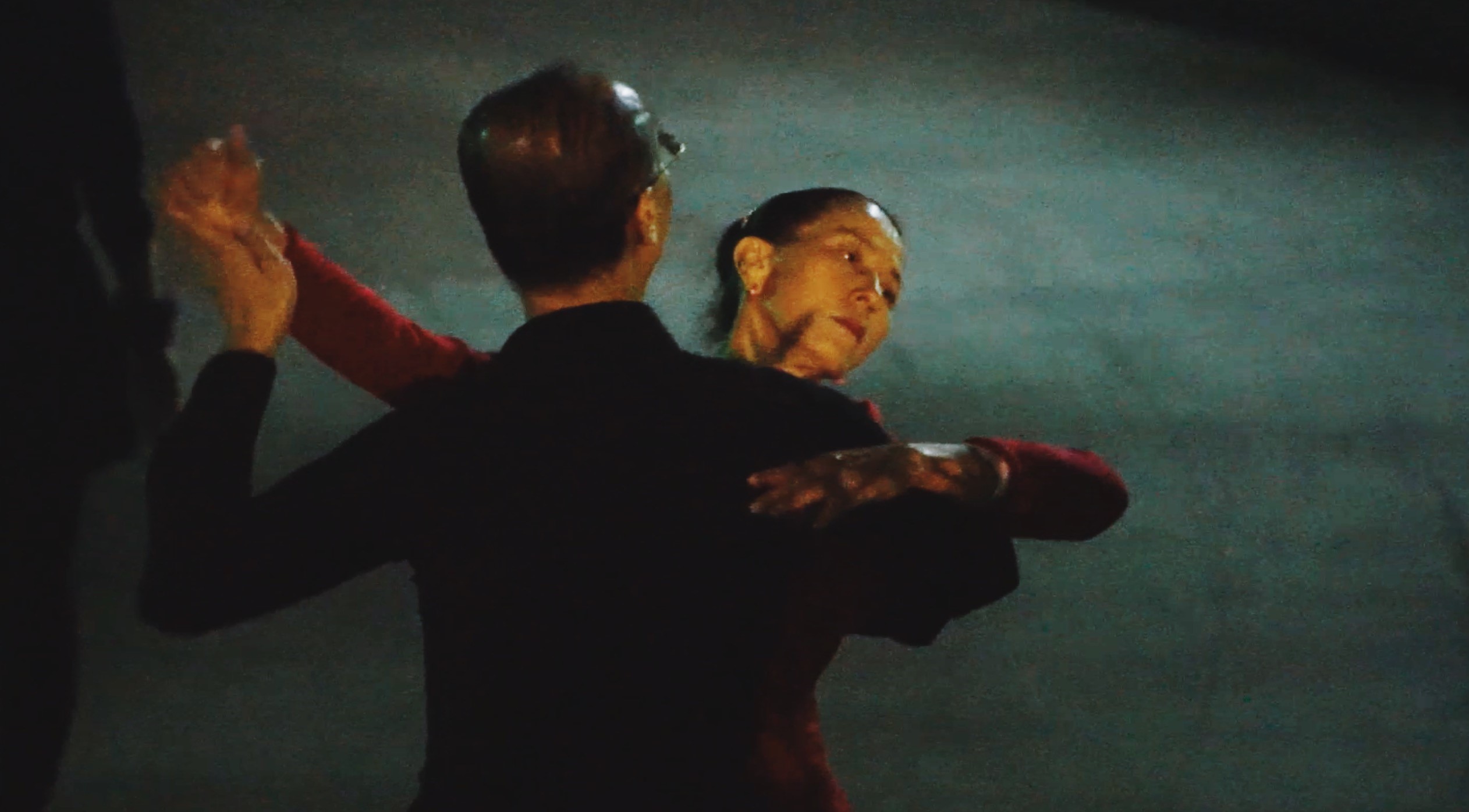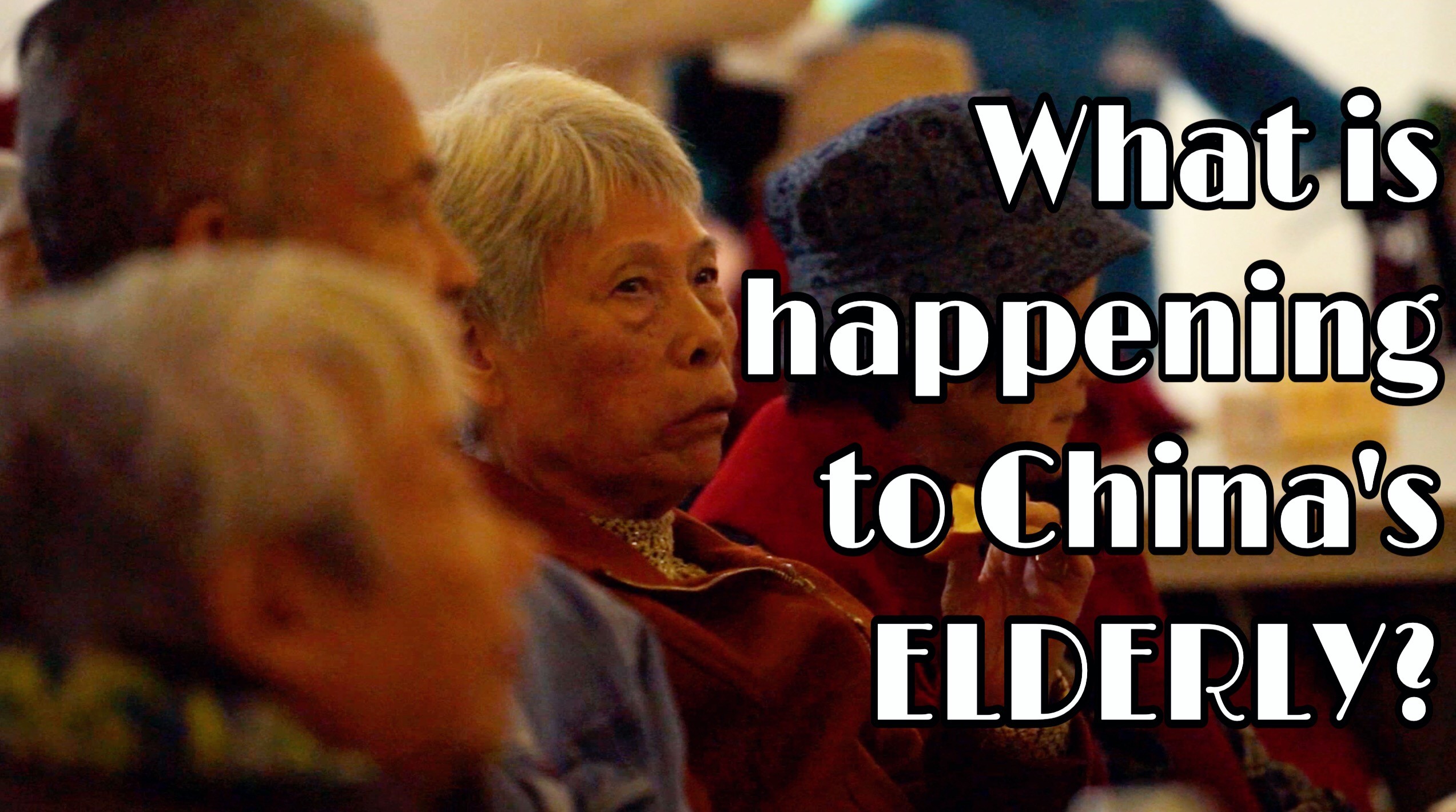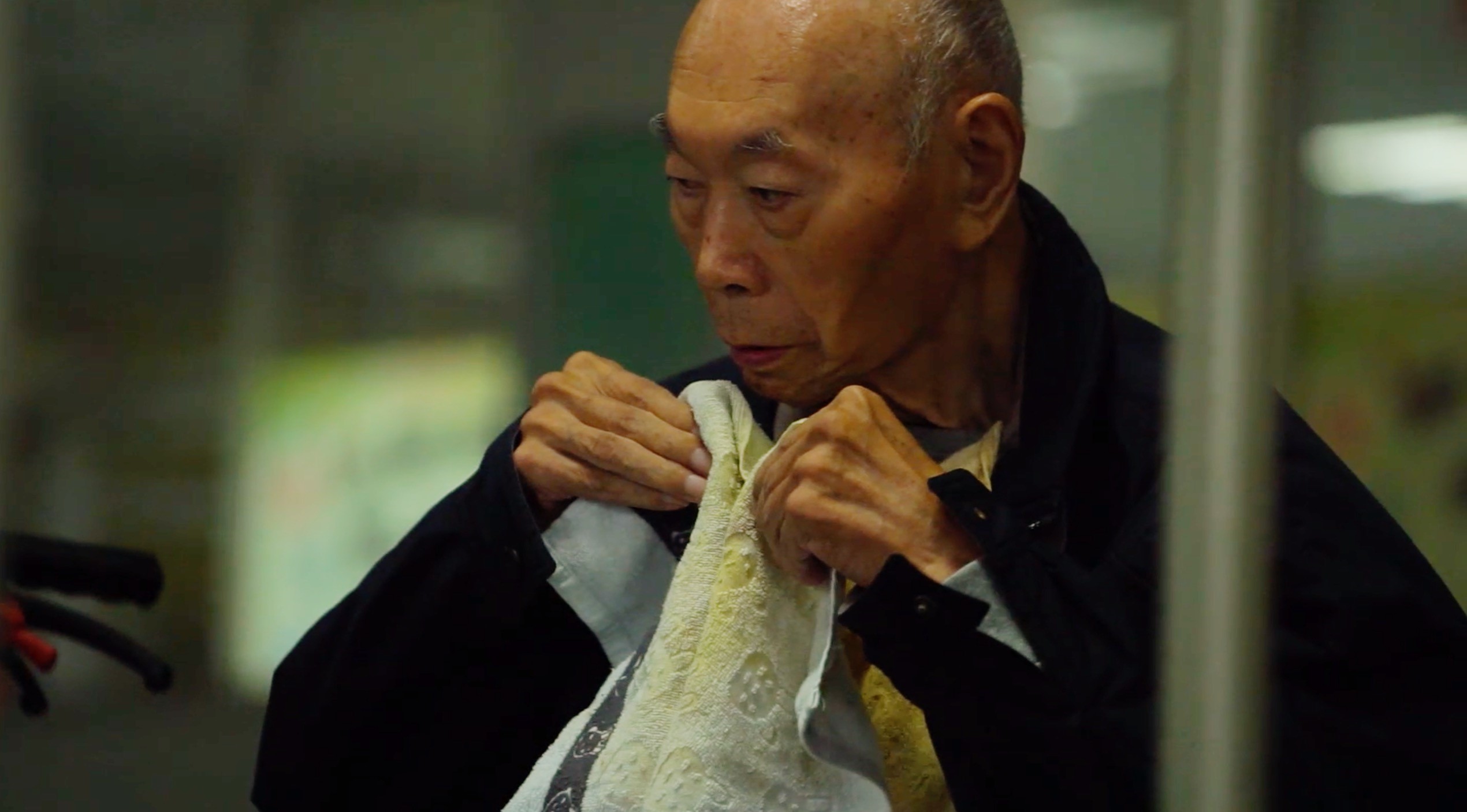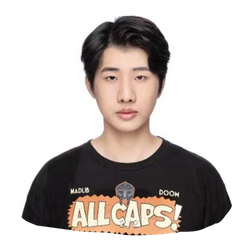
Keynes
Class of 2022, Rice University
With only a few days left before leaving, there is no cheering and Fukuyamaist optimism for us. We are accompanied by smoke, epidemics, high temperatures and Duginian mania.
Our principal’s speech at the graduation ceremony is of certain enlightening significance. The isolation between social change and personal life cannot be sustained. Our high school life is embedded in history but cannot be historicized.
In order to ensure the effectiveness of my writing, instead of vaguely describing my high school life or application process, I plan to talk about some changes in my thinking in the past four years in SCIE. It’s a little too presumptuous to say so, but I’m willing to take that blame.

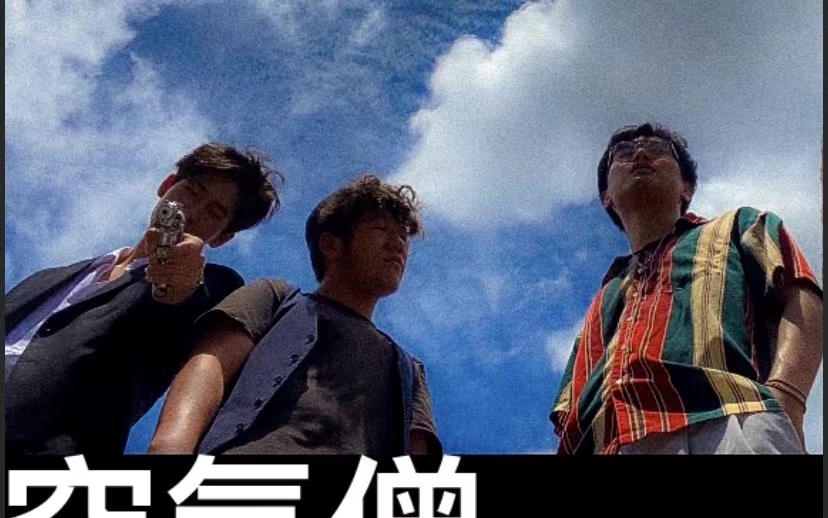
I recommend that everyone spend 109 minutes watching a movie called “Children of Men”, in which one scene accurately highlights my view of art and culture in the historical situation in which we are rooted. In the background of the film, all mankind has lost the ability to reproduce. The main actor came to the residence of his brother, an senior officials of the British Ministry of culture, at the same time as chaos and panic spread around the world. He was surprised by the Picasso and Michelangelo in front of the huge glass curtain wall of his brother’s apartment. His nice brother is clearly kind enough to save all the great art works around the world from warfare and crisis. But when the protagonist questioned him who would even see these works if all mankind were extinct, the kind senior official and his collections seemed to be left with only a thin flake of powerlessness. It is an arrogant view to assume that the value of artistic works has some self-evident intrinsic being-there, or that there is some real “idea” supporting them when they are divorced from a specific historical point. My Nietzsche—Bataille tendency in the first year of high school made me an arrogant young man with a similarly arrogant view. Constant thinking and certain life experience are enough to finally help me get rid of this type arrogance, although you may as well argue that such a statement itself is arrogant.
In my first year of high school, I was cautious and alert in terms of interpersonal relationships and schoolworks, although it can hardly be called well-behaved or hardworking. I had a clumsy little bourgeois artistic taste at that time, although I did correctly realized that conventional learning objectives and the professional route designed by my parents were part of the symptoms of the times of reification. I rejected the professional goal of Financial business that my parents originally favored, and instead advocated romantic Bohemian ideals. The subversive side of my thought at that time was composed of Breton and his opponents, while the opportunistic side was filled with the influence of low-grade commercial culture traffickers. A student in the early 21st century fantasizing to become Andy Warhol or Shuji Terayama was tantamount to Don Quixote, and often ended up as shop owners or second-rate artists.
I’m afraid Lu Xun won’t understand it, but at present, literature and art can’t save anyone. In fact, if a friend asks me whether he or she should study medicine or literature, I will recommend the former.

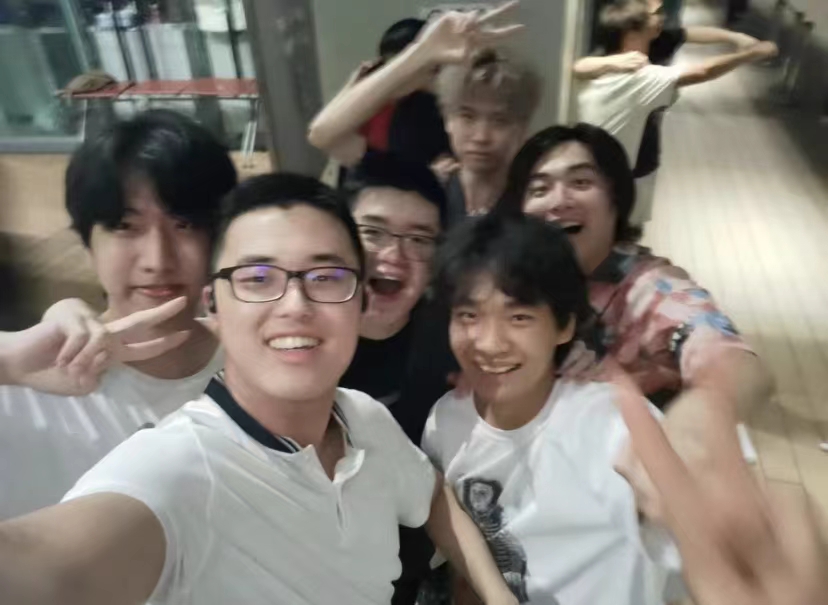
Just as the self-destructive tendency of artists presented by Kurt Cobain and Brautigan illustrated, a kind of blind, sensual, resistant to interpretation, romantic zest inherited from Schiller’s reaction to the Kantian-Descartes rationality does not apply to the present. Art has become ludicrous, “refuse to be interpreted”, “avant-garde”, cow’s bones or clumsy word game placed in the magnificent exhibition hall. Although I am still glad to be “anti-Hegelian” in order to agree with the great achievements of modern art in the early 20th century, when art degenerates into a kind of “Wow, this is really cool” that roughly rejects all rational interpretations, It’s hard for me to separate it from fetishist split (“I know clearly that this work is just a silly commercial gadget, but I still hope to treat it as a profound art)” , commodity fetishism or pure financial speculation. Andy Warhol’s irony of capitalist industry is one-off. Nowadays, when an artist proudly claims that his works are garbage, and capitalists’ purchase of garbage itself is his or her artistic genius’s sharp satire on contemporary society, or when an artist deliberately mocks or offends his audience, the late capitalist system that fashionable artists despise or intend to destroy, “disciplined society”, “spectacle society” has obviously obtained real financial profits. The social orders that attack itself through cultural products has been further consolidated, precisely because the so-called “rebels” have also been included as an important part, a “postmodern” cultural system that is far more violent and effective than the Soviet-style socialist realism art. This is the same old story.
The above is what I learned gradually in the second and third year of high school. Although I’m afraid there is still some ideological residue left, with the disappointment and boredom accumulated in various exhibition venues, as well as the reading of Jameson, Koijin and Zizek, I gained certain essential insights. My superficial reading of Pascal, Kant, Heidegger, Nietzsche and Freud from previous years also constituted some important reference points. Nietzsche, Heidegger, Marcuse and Wittgenstein, who have very different theoretical foundations, all oriented their theories toward either artistic or poetic practice eventually, but I made a detour and decided to go back, putting my paintbrush down and returning to the philosophy books.
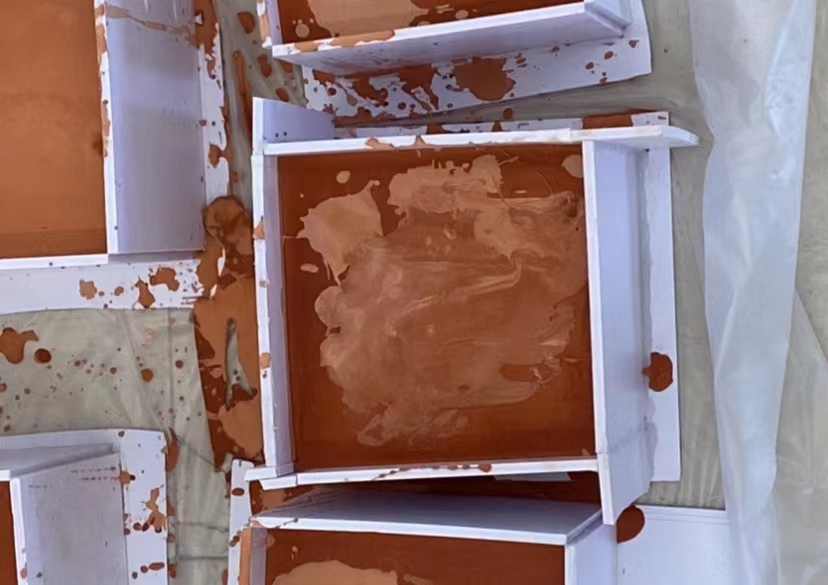
Now it feels like I am indeed demoting contemporary artistic practices to nothing. Isn’t this exactly the trap of art? Don’t we get ridiculed when we criticize them? Fashionable art experimenters can rest assured that I’m just a layman who messes up pure art and is keen on creating astringent theories. It’s true. So why did I decide to go to the United States to study architecture in the end? Are not the famous architects also important participants in the cultural system I attacked? Having said that, I am still glad to remind you that the combination of architecture and theory is still one of the only examples in post-war cultural spheres. It is different from such combination as Greenberg’s comment on Pollock or Deleuze’s analysis of Borges, and is often reflected in the fact that many architects are also excellent architectural theorists. On the other hand, like other subdivisional arts, architects often misunderstand theories, especially philosophical theories. Derrida was once invited to the ANY conference hosted by architects at the end of last century, but we can hardly say there is any practical results at all from that conference. Among the architects who grew up under this background, many of them, like Rem Koolhaas, tend to go to the exact opposite side of philosophical theory in recent years, which is quite unfortunate.
But am I saying that the field of architecture has thus become a key? In the field of creative art in a broad sense, I tend to agree so, but we should not forget that as a messy layman, I am discouraged by the entire creative art in a broad sense today. So does the key lies in those philosophy professors I praise? Probably not so simple. As for where the key lies, we should go back to the beginning, where I mentioned “Children of Men,” back to the first paragraph, it is precisely at that location that some practical work is necessary. Whether it’s theory or art, I have to go back there at last. In view of the limitations of this circumstance, some words can’t be said too clearly. I recommend you to read some famous books by Perry Anderson, where some directions have already been pointed out.

